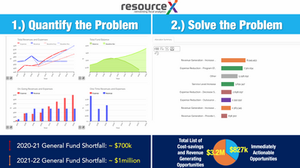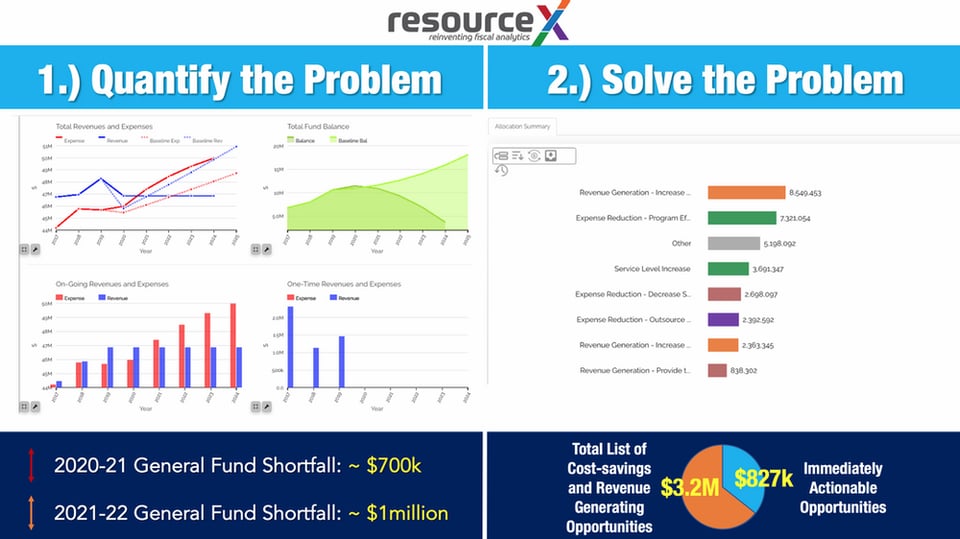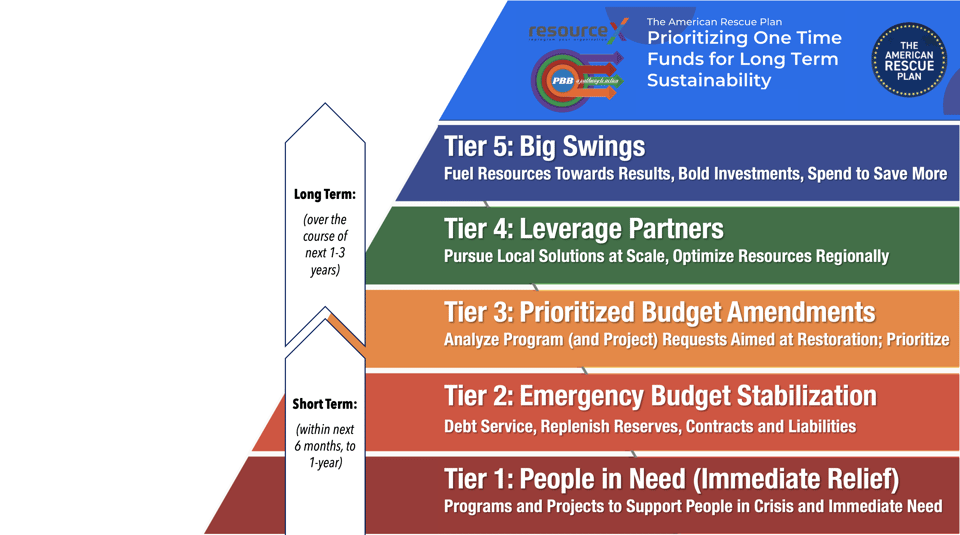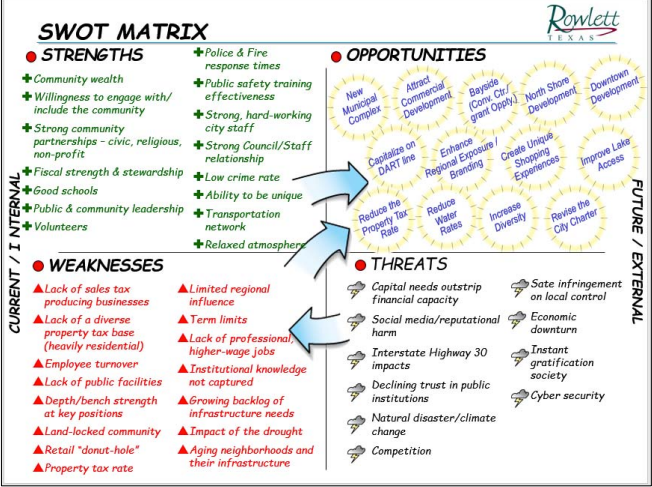“Defund the Police” is currently being voiced by many American’s across the country. Many US cities are listening to their constituents and taking action. The challenge is, what does “Defund the Police” really mean and how can city leaders responsibly respond and take action to address demand?
The very first step is to better understand what services police truly provide. Over many decades, police departments have been tasked with responding to and addressing the majority of city challenges. Beyond what was once a primary responsibility to prevent and respond to criminal activity, police are now tasked with responding to homelessness, mental illness, and addiction (along with many other societal ills).
A challenge arises when you try to identify what could or should be defunded. Many police department line item budgets don’t adequately identify the true breadth of services and programs they provide. The services and programs to potentially “defund,” or what PBBi (Program Based Business Intelligence) identifies as “repurposing,” don’t exist in any communicable form to begin the discussion or decision-making process.
Of most immediate interest, we've been tuned in to these two questions:
From what programs are resources to be reduced?
Towards what other programs (and outcomes) are resources being reallocated and repurposed?
Discussions based on data are the most valuable and important place to start. The PBBi process creates programmatic intelligence to specifically address this need of appropriately analyzing what it could mean to re-imagine Police programs, and consider resource reallocation:
What programs and services does your Police Department truly provide? - Not all Police departments are the same - we've seen everything from animal control to fleet services provided in some Police Departments and not others. Do you know what services are provided in your Police Department?
How are resources allocated within your Police Department, at the program and/or service level? - On average, we see Patrol services amounting to an average of 19% of a city's overall budget, and 34% of a department's budget. Dispatch, Graffiti Removal, K-9 unit, SRO's, Animal Control, DUI Check-points, Investigations, Crime Lab, Bomb Squad, and so many other programs can vary in resource allocation. Do you know how your Department is currently resourced?
Programmatic data provides the opportunity to re-center the conversation on the individual programs offered within Police (as opposed to the Police Department as a whole).
Leveraging the Line-item Budget
The Line-item Budget is organized to satisfy regulatory standards, to create effective budget monitoring and control mechanisms, and to provide transparency and accountability as a best practice in budgeting. However, it does not provide adequate insights into the costs of providing specific programs, nor does it arm organizations with the data analytics needed to open up repurposing opportunities.
Layer in Programs
Answering questions such as "Can we do this program more efficiently?" and "Are we the best source to provide this service?" requires knowledge of what programs are offered, and how much they cost, and how much revenue does the program deliver (if any). Additionally, understanding the existing level of service, the amount of cost recovery, the degree of mandate associated with the program, the measures to assess a program’s impact on equity, opportunity to partner, etc. is invaluable in determining and communicating the impact a program has on the community.
This program level data is collectively called Program Based Business Intelligence (PBBi) and is the foundational data set for data-driven decision-making. PBBi builds on and makes use of your line-item data to create more actionable insights at the program level.

PBBi unlocks insights pertaining to program efficiency, service levels, and cost recovery opportunities, and that’s why it’s a Best Practice. PBBi data delivers actionable business intelligence through:
• Program Inventory – Translate line-items to programs and establish a master program inventory
• Program Costing – Assign personnel and non-personnel costs (including FTE) to each program to establish a fully-loaded cost of program delivery
• Scoring/Evaluation – Assess and identify “impact on desired program outcomes”
• Program Data & Insights – Apply Basic Program Attributes for each program including level of mandate, opportunity for partnership, contribution towards equity, demand for service, cost recovery, etc.
• Blueprint for Action – Assess each program through the PBB Blueprint to determine future-focused direction for each program (reduce funding, decrease service levels, provide through a partnership, increase funding, etc.)
• Applying Data – Take action and execute program recommendations; repurpose funding for programs that deliver proven results and maximum impact
By applying data and evidence to quickly and efficiently evolve to PBBi, using program level data and insights as your guide, you can repurpose and reprogram your organization to achieve foundational results, equity-focused community outcomes, and thrive!
Repurposing to Reimagine Police Services
Programmatic data provides the opportunity to re-center conversations around the programs offered within Police (as opposed to the Police department as a whole). While many understand the motivation for “defunding the Police Department,” insight(s) into which program(s) are on the table to be “defunded,” is that program eligible to be defunded (is the program mandated?), and/or should the program be moved perhaps to a different department or agency (a school policing program moved to a different department or school district) is necessary to move the conversation forward and to allow for positive change. PBBi programmatic data tremendously informs and guides all of these conversations.

(Pictured above): Example of 30+ programs identified in Police Department of client city
What would defunding look like? Engagement from Council and decision-makers, and quite possibly citizens too, is a necessity. Reviewing services, program by program, as to their intent and direction, must be considered and applied consistently. Review some examples from the PBBi database:
Police Patrol
Is this a program that Council would like to see defunded? If so, one must discover the "why" and "how" and identify if the program is mandated
If Council is dissatisfied with the way Patrol services are being conducted, how so and why?
What would a reduction in resources away from this program help to accomplish?
It might be that it's the City's approach to Patrol. What determines whether a Patrol Officer is dispatched in response to a call?
Is it even appropriate for an Officer to be sent to a particular scene?
Is it a non-emergency situation? Is there a crime taking place? Is it a scene where social-service personnel should be dispatched rather than a Patrol Officer?
Perhaps defunding Patrol could be accomplished if incoming calls into Dispatch led to a different response protocol freeing up resources to be applied to other service providers who may better address the need for the call?
Dispatch
Perhaps Council would not want to see Dispatch reduced, but instead adjust how and to whom those calls are assigned?
Are service providers outside of Police, especially for non-emergency situations, better suited to address the situation?
Perhaps Council wants to see this program provided at a higher level of service, in order to address incoming calls in a different way (beyond officers)?
Would Council like to see Dispatch handled completely differently?
Is there an opportunity to "defund" Dispatch, if a more regional, multi-agency, multi-jurisdictional Dispatch unit among cities within your County and the County itself had a single regional protocol which could be more efficient and achieve the defunding intent, while providing perhaps a more effective, equitable and comprehensive approach?
Next address these programs:
Person Crime Investigations, Property Crime Investigations, Youth Services, Traffic Enforcement, and so on...
Are there any programs on this list that Council would "not" like to see defunded (that they'd like to see preserved, or even increased)?
Are there any programs that Council is particularly concerned with and upset about?
Are there any programs that are highly effective that Council is particularly happy with, and want to see offered more comprehensively?
For example, is "Problem Oriented Policing" or "Community Policing" resonating more strongly for the way in which Council and citizens want to see Police operate?
What's the pulse on Youth Services?
Programs deliver a perfect platform from which open, courageous conversations can take place that get deeper in scope and application than simply defunding the department.
Bottom-line, City leaders (and citizens) will need to be equipped with programmatic data to drive totally new discussions around current Police services and how to repurpose resources to reimagine how Police services will be delivered in the future.
For more information, contact us and see the links below:
Program Based Business Intelligence (PBBi)
Repurposing through Program Budgeting: Using Program Data to Repurpose Budget Resources






